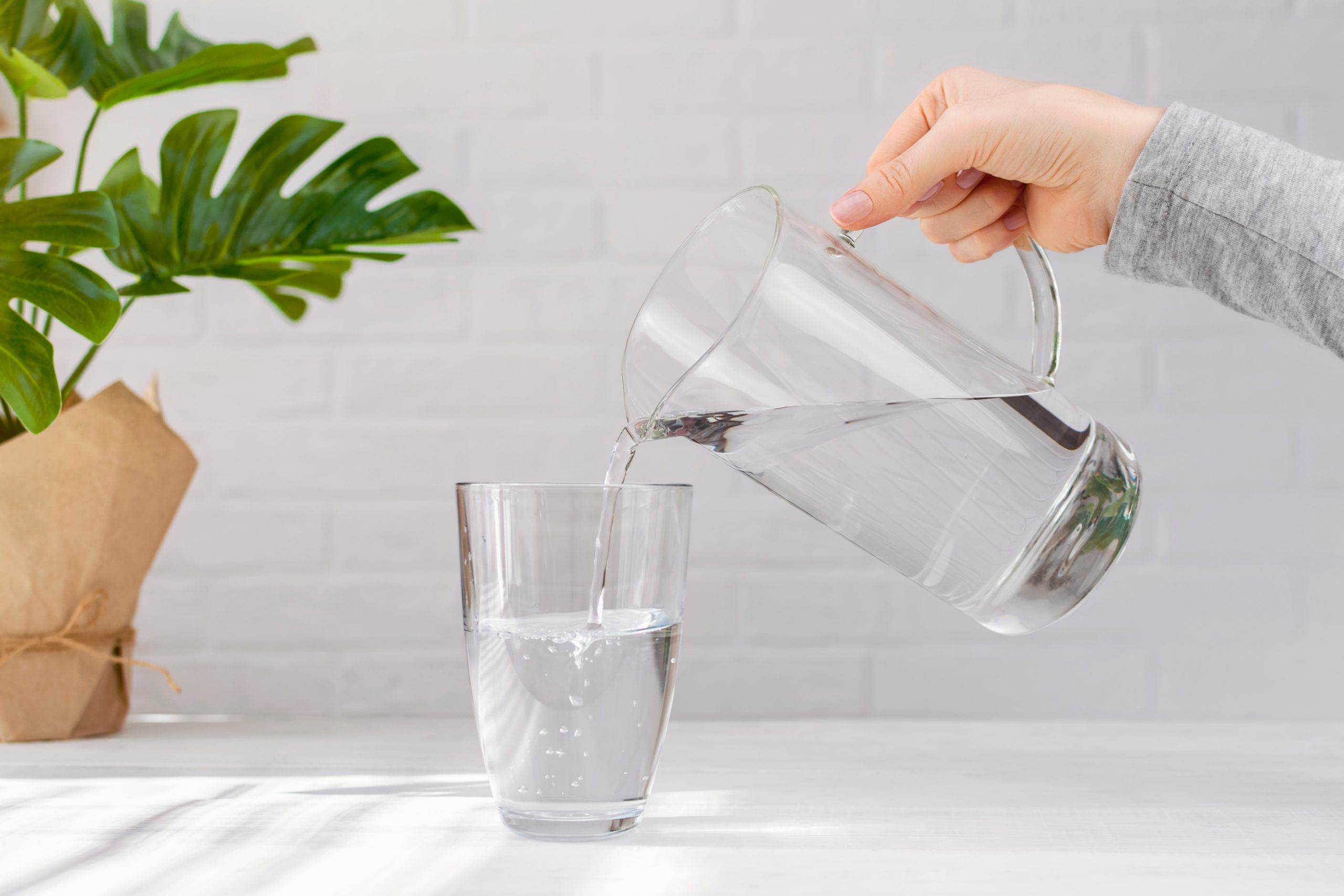Living off the grid offers a unique sense of independence and self-sufficiency. One of the most crucial aspects of off-grid living is ensuring a reliable source of clean water. Whether you are new to off-grid living or looking to improve your water management, here are essential tips and insights for water collection and purification.
Water Collection Methods
1. Rainwater Harvesting: Rainwater harvesting is one of the most efficient ways to collect water off the grid. It involves capturing and storing rainwater from rooftops or other surfaces.
Tips:
- Gutter Systems: Install gutters and downspouts on your roof to direct rainwater into storage tanks or barrels.
- First Flush Diverters: Use first flush diverters to remove debris and contaminants from the initial runoff.
- Storage: Use food-grade storage containers to store harvested rainwater. Ensure they are covered to prevent contamination and evaporation.
2. Surface Water Collection: Surface water collection involves sourcing water from nearby lakes, rivers, or streams.
Tips:
- Location: Choose a collection point upstream and away from potential contaminants like agricultural runoff or industrial waste.
- Pumping Systems: Use a manual or solar-powered pump to transfer water to your storage tanks.
- Filtration: Always filter surface water before use to remove debris and larger particles.
3. Groundwater Extraction: Groundwater extraction through wells can provide a steady water supply. This method requires more investment but offers long-term reliability.
Tips:
- Well Drilling: Hire professionals to drill a well and ensure it’s properly constructed and sealed.
- Regular Testing: Test the water quality regularly to check for contaminants.
- Maintenance: Regularly inspect and maintain your well and pump to ensure continuous operation.
Water Purification Techniques
1. Boiling: Boiling water is a simple and effective method to kill pathogens, including bacteria, viruses, and parasites.
Tips:
- Rolling Boil: Bring water to a rolling boil for at least one minute. At higher altitudes, boil for three minutes.
- Storage: Allow the water to cool before transferring it to clean storage containers.
2. Filtration: Water filters remove impurities and contaminants through physical barriers or chemical processes.
Tips:
- Portable Filters: Use portable water filters for small-scale purification. Look for filters that remove bacteria, protozoa, and particulates.
- Whole-House Systems: For larger-scale purification, install whole-house filtration systems. These typically include sediment filters, activated carbon filters, and UV purifiers.
- Maintenance: Regularly replace filter cartridges as per the manufacturer’s recommendations to ensure efficiency.
3. Chemical Treatment: Chemical treatment involves adding disinfectants to water to kill harmful microorganisms.
Tips:
- Chlorine Tablets: Use chlorine tablets to disinfect water. Follow the dosage instructions carefully.
- Iodine: Iodine can also be used for short-term water purification. Be cautious with long-term use due to potential health risks.
- Storage: After treatment, store the water in clean, covered containers to prevent recontamination.
4. UV Purification: Ultraviolet (UV) purification uses UV light to inactivate pathogens by disrupting their DNA.
Tips:
- Portable UV Purifiers: Use portable UV purifiers for small batches of water. Ensure the water is clear before use, as UV light is less effective in turbid water.
- Whole-House UV Systems: Install whole-house UV systems for continuous water treatment. Regularly clean and replace UV bulbs for optimal performance.
Additional Tips for Water Management
1. Regular Testing: Test your water regularly for contaminants such as bacteria, nitrates, heavy metals, and chemicals. Home testing kits are available, or you can send samples to a lab for comprehensive analysis.
2. Efficient Water Use: Conserve water by using efficient fixtures, fixing leaks promptly, and adopting water-saving habits. Collect and use greywater (from sinks, showers, and washing machines) for irrigation to maximize your water resources.
3. Emergency Preparedness: Always have a backup water source and purification method in case your primary system fails. Keep extra filters, chemical treatments, and water storage containers on hand.
